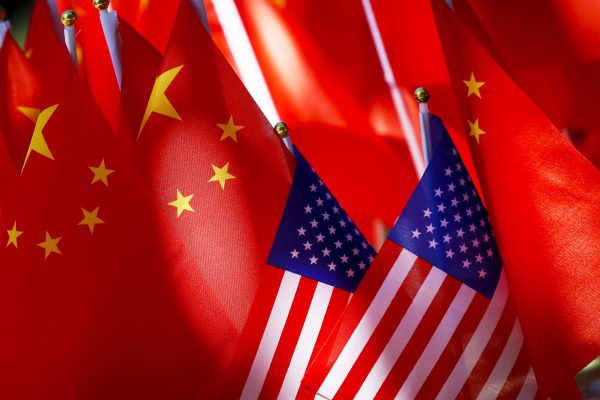
China doesn’t like much to talk about the idea of trilateral arms control so it’s notable when a senior Chinese diplomat — one specifically leading the arms control portfolio — chooses to address the issue in some detail. Last week, Fu Cong, the head of the arms control department of Chinese foreign ministry, spoke on the subject.
Fu’s remarks didn’t contain anything materially new or demonstrate any change in China’s position. He noted that China was “happy to” participate in trilateral negotiations down the line, but only under conditions of parity, i.e., if the United States and Russia were first able to reduce their nuclear warhead counts down from in the thousands to the few hundreds that China possesses. (Credible open source estimates suggest around 300 warheads.)
“I can assure you, if the U.S. says that they are ready to come down to the Chinese level, China would be happy to participate the next day,” Fu said. “But actually, we know that’s not going to happen.” Fu addressed other issues in his briefing — which you can read summed up officially here.
He was speaking not long after the U.S. and Russian negotiating teams met in Vienna, Austria, to discuss the fate of the 2010 Strategic Arms Reduction Treaty, or New START: The last remaining major arms control agreement on the strategic nuclear arsenals of the world’s two foremost nuclear superpowers.
As I discussed at The Diplomat, the U.S. negotiating team, led by Marshall Billingslea, pulled off a stunt involving Chinese flags to try and guilt Beijing to the negotiating table. “Vienna talks about to start,” Billingslea said in a tweet, which contained a photo of Chinese flags on what appeared to be a table in a room set up for negotiations (with Russian and American flags visible in the background).
“China is a no-show. Beijing still hiding behind #GreatWallofSecrecy on its crash nuclear build-up, and so many other things. We will proceed with #Russia, notwithstanding,” he added.
The stunt didn’t quite work. The Chinese Ministry of Foreign Affairs pointed out that the flags Billingslea’s team had chosen to use for the Chinese side were inaccurate. What it spoke to, instead, was the bad faith with which the Trump administration was approaching the question of negotiations with China.
That bad faith continues to persist. After Fu’s remarks last week, the U.S. Department of State released a statement noting that the it “welcomes China’s commitment to engage in arms control negotiations.”
“As such, prudent next steps will need to include face-to-face meetings between the United States and China,” the statement added.
The effort to promptly take Fu’s remarks — which marked no material change in China’s negotiating stance — and twist them in this way underscores the continued bad faith with which the administration approaches this question.
There is a need for China to eventually address these issues with the United States — and there are benefits to be had for both sides, as the Carnegie Endowment’s Tong Zhao notes in a recent interview here at The Diplomat. But this is not the way to bring about U.S.-China talks on arms control.
"bring" - Google News
July 13, 2020 at 07:35PM
https://ift.tt/3281oZc
Bad Faith All the Way: US Attempts to Bring China to the Arms Control Table - The Diplomat
"bring" - Google News
https://ift.tt/38Bquje
Shoes Man Tutorial
Pos News Update
Meme Update
Korean Entertainment News
Japan News Update
Bagikan Berita Ini















0 Response to "Bad Faith All the Way: US Attempts to Bring China to the Arms Control Table - The Diplomat"
Post a Comment